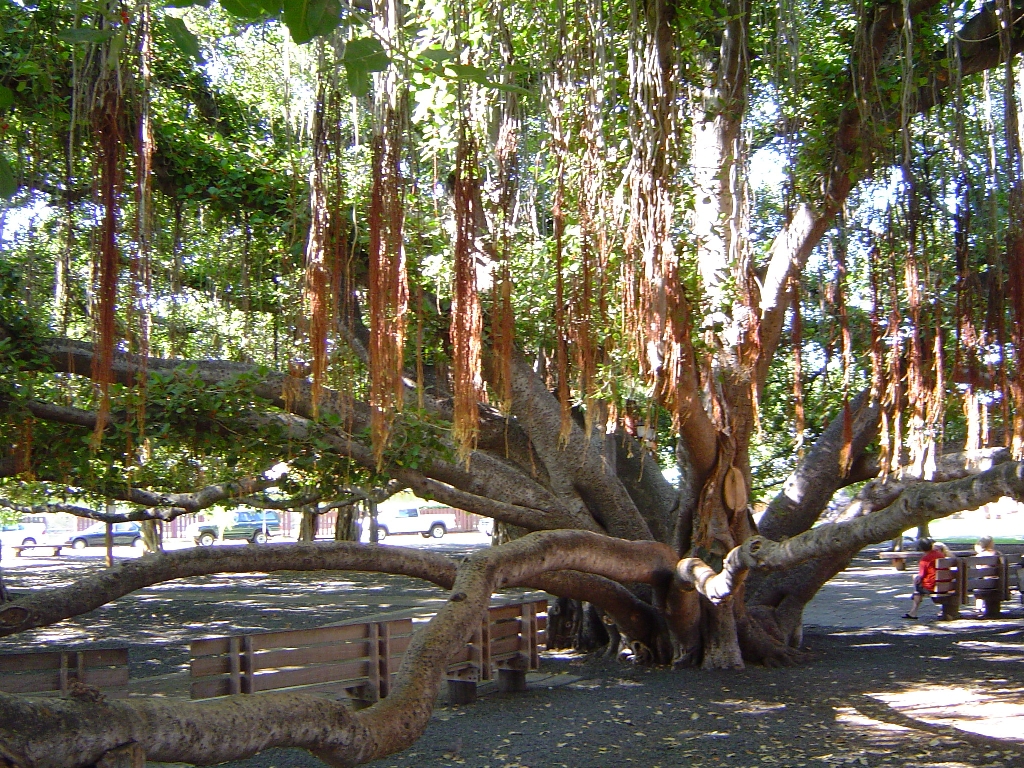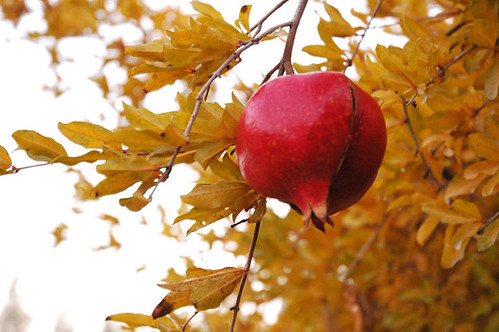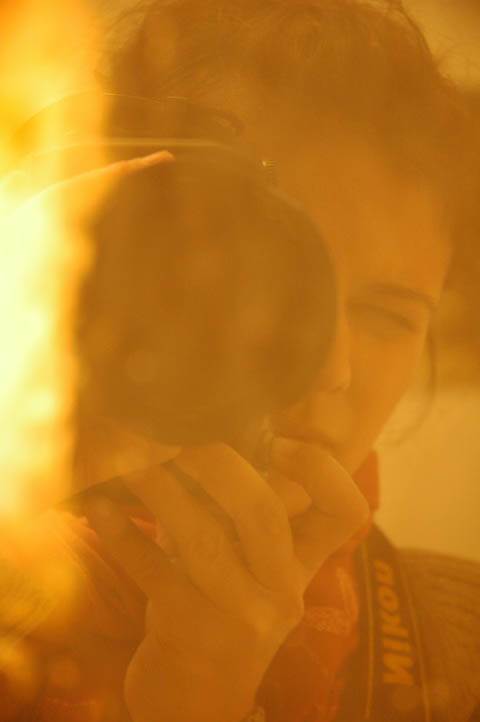
23.2.07
22.2.07
21.2.07
Pagan Kaffir Lemon
This pun of the word "kaffir" is based on it's meaning in Arabic, through Islam, mainly, roughly translating as "pagan". I haven't found any indications yet if the word is borrowed from actual Arabic, or if it's just phoenetic symilarity. The fruit above is a kaffir lime hybrid, named "kabbad" in colocvial Damascean, unexistant in other forms of the Arabic language, I'm sure. Among with the naraj and yasmeen, it's part of the traditional Damascean interior garden landscaping.
I'll add some more pictures shortly, to better explain this oint of view. Until then, I leave you to enjoy.

20.2.07
Cornelius' Gomera
The mother of all banyans, courtesy of Cornelius. Against all common sence, she is to be found in Argentna, some 2 continents and an ocean away from it's Sumatran homeland.
Enjoy.
Enjoy.

Three Storey High Ficus Building
The following are from Lataquia. Considering that the average height of a building storey is 3 m (sorry, we calculate in metric system), and that the building is some 3 storey high, you can easily figure the ficus' height (some 9 m). The other pic shows the usual habit of figs to colonize all space surrounding it, including a suspended passageway between two buildings.
Enjoy.


Life Where Less Expected
A palm tree. One of Damascus' most popular plants, to be found in most unexpected places, like this one groing near the base of an eucalyptus. Sometimes I understand they might pass as pests, although this one looks harmless enough still.


19.2.07
17.2.07
16.2.07
Two Lataquian Giants
The banyans bellow are located in Lataquia, largest port on the Syrian Mediteraneean Coast. The first is a Indian fig, the second a rubber ficus. Neither reached 100 yet.
Enjoy.
Enjoy.


14.2.07
Puppeteer in Banyan-Land
This is a re-run. There have to be a prologue to everything:
This love story began, as all love stories begin, in Rawshe, Beirut, 4 years in the past. Until that day, I always considered ficus trees as Damascean-balcony-decorative-thingy. That day I saw them, 2 twin giant banyans trees near the old lighthouse, filling everything with their rubber green, sublime, really. From that day I made a point in noticing them. I have piled up some useful information about my beloved banyans, information which I didn't hesitate telling whenever asked, of course. Which brought me the "Ficus Militant" attribute. But let me talk about them a bit and then leave the images do the rest.
Ficus trees, ficus elastica, also known as rubber fig, rubber plant or Sumatran rubber tree, is originar from Indian Assam region and Indonesian Sumatra and Java islands. Part of the fig family, or genus, banyan subgenus, extremely resistant to even the strangest of weather conditions, an interesting piece of research subject. A wild unattended ficus can literally fill all space surrounding it, leaving it, well, full of ficus. The botanical equivalent of legendary Lernaean Hydra, ie cut one leaf and expect 10 to grow in it's place.
An interesting fact about ficus trees is that when adequate conditions for development of seeds are found (which in case of rubber tree represent 95% of total possible conditions), plant starts growing like crazy, most of the times as epiphytic, meaning that you have ficus growing over ficus. Thus the larger specimens are actually entire colonies of ficus trees fused together over time. A whole forest in one.
This love story began, as all love stories begin, in Rawshe, Beirut, 4 years in the past. Until that day, I always considered ficus trees as Damascean-balcony-decorative-thingy. That day I saw them, 2 twin giant banyans trees near the old lighthouse, filling everything with their rubber green, sublime, really. From that day I made a point in noticing them. I have piled up some useful information about my beloved banyans, information which I didn't hesitate telling whenever asked, of course. Which brought me the "Ficus Militant" attribute. But let me talk about them a bit and then leave the images do the rest.
Ficus trees, ficus elastica, also known as rubber fig, rubber plant or Sumatran rubber tree, is originar from Indian Assam region and Indonesian Sumatra and Java islands. Part of the fig family, or genus, banyan subgenus, extremely resistant to even the strangest of weather conditions, an interesting piece of research subject. A wild unattended ficus can literally fill all space surrounding it, leaving it, well, full of ficus. The botanical equivalent of legendary Lernaean Hydra, ie cut one leaf and expect 10 to grow in it's place.
An interesting fact about ficus trees is that when adequate conditions for development of seeds are found (which in case of rubber tree represent 95% of total possible conditions), plant starts growing like crazy, most of the times as epiphytic, meaning that you have ficus growing over ficus. Thus the larger specimens are actually entire colonies of ficus trees fused together over time. A whole forest in one.
Enjoy.





Subscribe to:
Posts (Atom)






